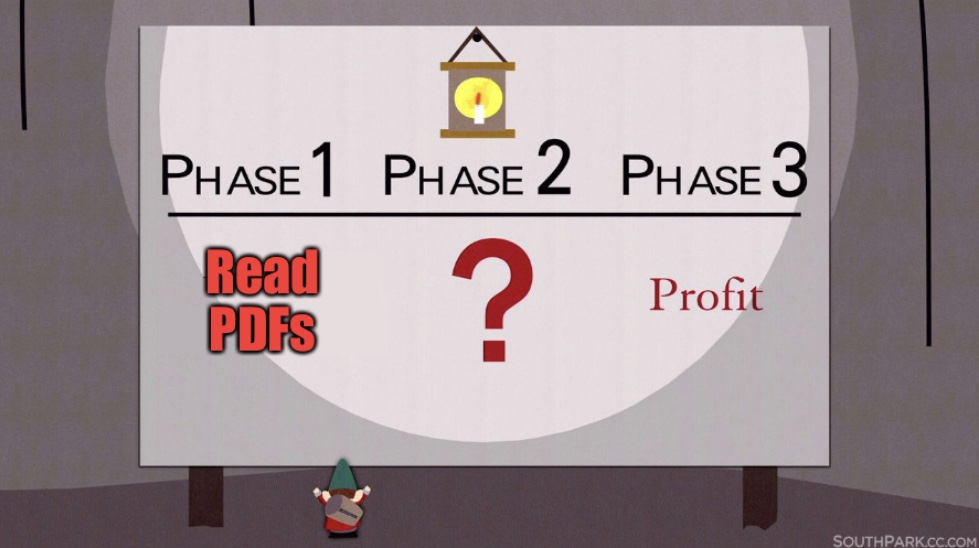At the very beginning, David Epstein presents a dichotomy: there are the super-specialists, who decide early on in their lives who they are and what they want to be, and put all of their time and energy into improving a narrow set of skills that make them competitive in a tightly-regulated field such as professional sports; and then there are the generalists, who try out different things here and there, learning across disciplines and using that knowledge to solve difficult — “wicked”, the book calls them — problems that don’t fall neatly into any category, but which are more and more common in our modern world full of complexities.
The model super-specialist is Tiger Woods, who picked up his first golf club as a toddler and won his first tournament at age six. Compare and contrast with the model generalist, Roger Federer, who dabbled in 11 different sports before finally picking up the one that will make him famous at the ripe old age of (checks notes)… eight.
The rest is of the same cloth: light on arguments, heavy on emotion. The examples of hyper-specialization it gives are telling: oncologists specializing in cancer related to a single organ and interventional cardiologists. Never mind that to get to any medical subspecialty one needs to go through more than 20 years of not so specialized schooling, sample different professional careers in college, then sample different physician specialties in medical school, and not reach the subspecialty until their early thirties at best. When did the supposed generalist Roger Federer start playing tennis, again?
So, the term “specialist” gets thrown around a lot without being precisely defined. Is it the narrowness of one’s current field that makes them a specialist? Or is it the path they took to get there? Regardless, we do know what makes a generalist: meandering from field to field until you find your niche, which will, ideally, use some of the knowledge and skills gained through all of that meandering. If you start as a stocker at Walmart, then work as a florist, hair stylist, hand model for a watch company, and end up as a short order cook at McDonalds, well that’s not much of a generalist story. Flip these around so that your final job is something more glamorous and you are the master of your profession who uses the Walmart work ethic, florist’s sense of proportion and beauty, Mickey D’s sense of urgency, and a hand model’s way with wrist movements to create a work of coiffured art. It’s the narrative and Texas sharpshooter fallacies combined.
Their friends confirmation and survivor bias also show up. Each chapter has a few stories hand-picked to showcase how a “generalist” solves problems that the “specialists” were stumped with. The generalist’s life story is then picked apart to showcase their versatility, though some at first do not appear to be so versatile. There are, unfortunately, no counterfactuals, and no going over the specialists’ biographies which would — I am fairly confident — be strikingly similar to those of the generalists.
Looking back at a life, your own or someone else’s, is very much like stargazing. There are a few set pieces — a marriage here, a near-death experience there — but for the most part the events are devoid of much meaning until we give it to them by imputing a causal relationship to something that is important ex post. Epstein picks out situations where a failing team of “specialists” — let’s take him at his word that they are, for their biographies are not presented and we are left wondering whether they, too, worked the summers in their family’s farm or had a brother in the concrete business or some such — well, where that team of maybe-specialists is rescued by a certified (by Epstein) generalist who expresses their generalissimo-ness via a string of anecdotes, the stars in my overwrought stargazing analogy.
There is a story to be told about narrowness of focus and the importance of not being a fachidiot. Epstein comes tantalizingly close to framing the problem as it should be framed: that specialty narrow-mindedness — no matter how you got to it — is dangerous and makes you a bad specialist and a worse human. Yet there is no mention of this wonderful German word in the book’s hundreds of pages. That’s too bad: Fachidiocracy would have been a better title.
